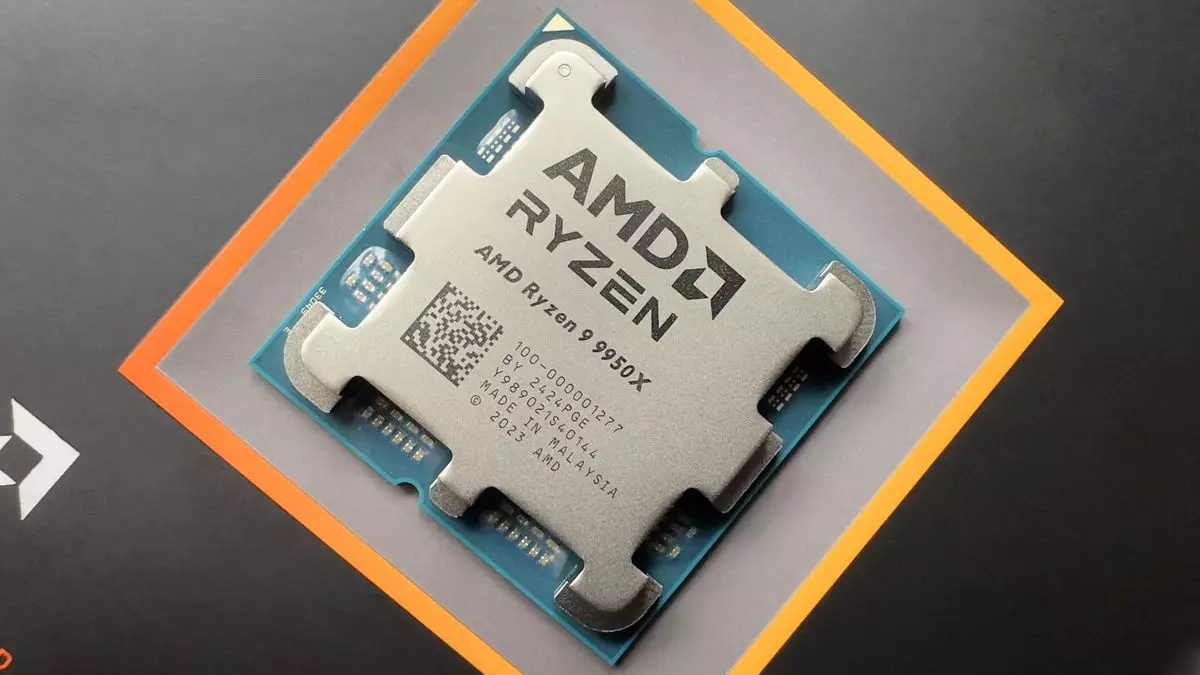AMD recently released its 9000-series CPUs with high expectations, but the initial performance results have been met with disappointment. The company has now provided explanations for why the Zen 5 gaming performance did not meet its original projections. Let’s take a closer look at the testing methods used and the implications of the results.
Initially, AMD claimed a 9% average generational uplift in gaming performance compared to the Ryzen 7000 series. However, after changing its testing methods, it now states that there is “parity in gaming” with Intel and a “5-8% improvement in gaming over the Ryzen 7000 series”. The company highlighted the differences in game selection and configurations as factors that influenced the results. Additionally, AMD admitted to running its tests in Windows Admin mode, which led to branch prediction code optimizations not present in the version of Windows used by reviewers.
The decision to run tests in Windows Admin mode raised concerns as this setting is not typical for most users. By enabling this hidden Administrator account, AMD may have skewed the results by eliminating certain system security overheads. Moreover, the choice to use an account with elevated privileges for testing seems unnecessary and not representative of real-world usage. This raises questions about the validity of the performance assessments based on this testing method.
While AMD tests with Windows Virtualization-based Security (VBS) enabled, the use of a hidden Admin account may have implications for the VBS overhead. Running processes under this account could bypass the VBS overhead, potentially affecting the performance results. This discrepancy calls into question the reliability of AMD’s claims regarding testing with VBS enabled and the actual performance gains observed.
In response to criticism, AMD has revised its relative gaming performance assessment and acknowledged the need for more accurate testing methods. The company now offers optimized AMD-specific branch prediction code for Windows 11, version 24H2, through the Windows Insider Program. This update is expected to provide a modest 2-3% performance increase, aligning the CPUs with the original projections.
The discrepancies in AMD’s testing methods for the 9000-series CPUs have raised doubts about the validity of the initial performance results. By running tests in Windows Admin mode and overlooking the implications for VBS and actual gaming performance, AMD may have misrepresented the capabilities of its new CPUs. Moving forward, it is essential for the company to ensure transparent and realistic testing methods to provide accurate performance assessments for consumers.

